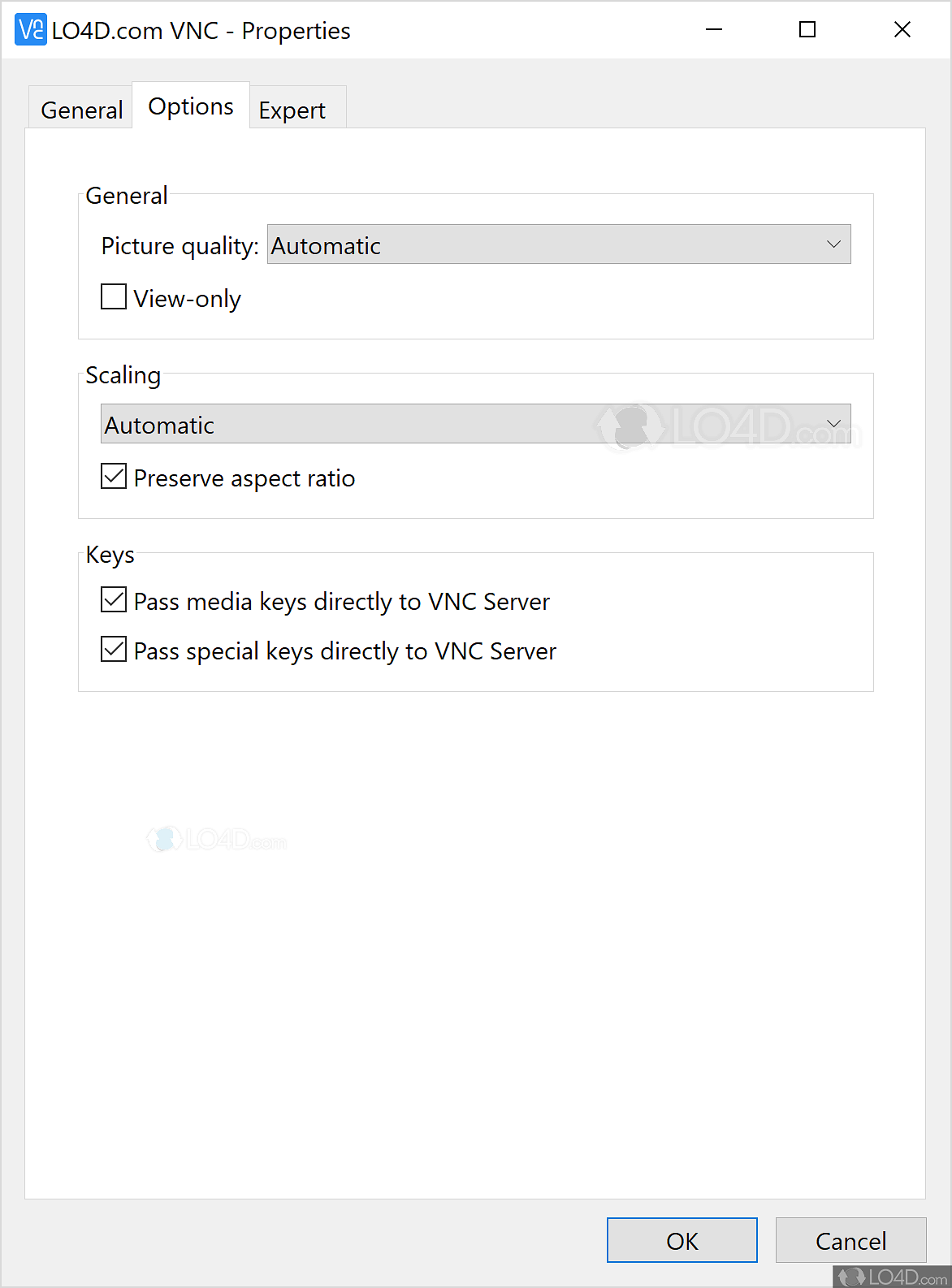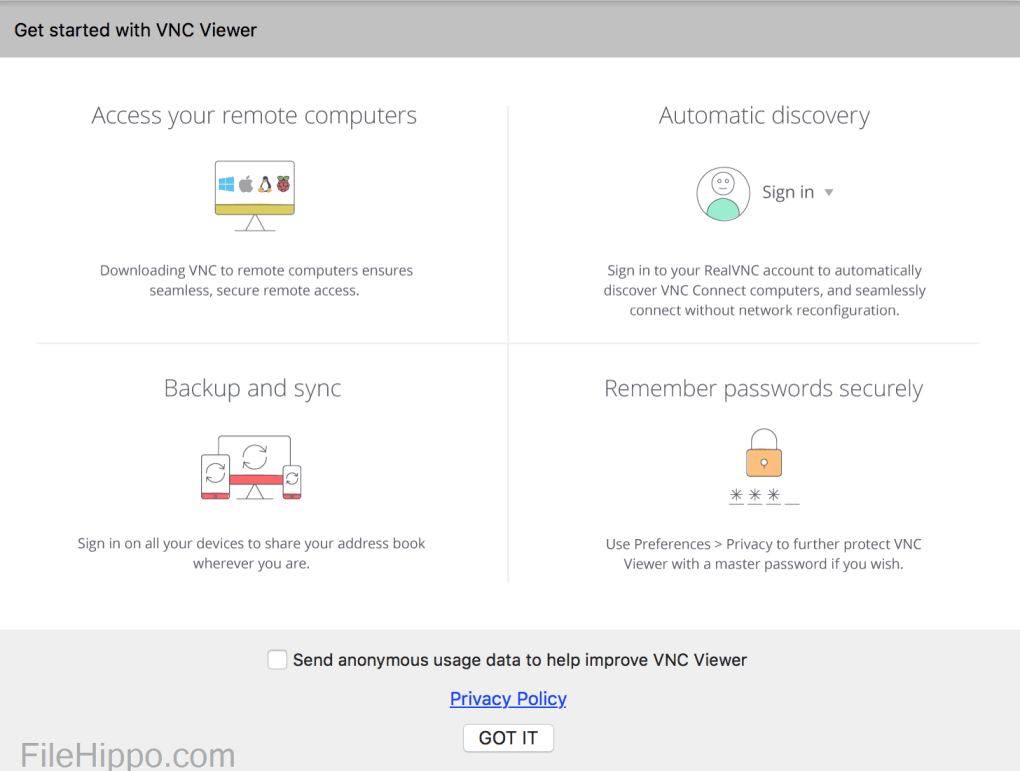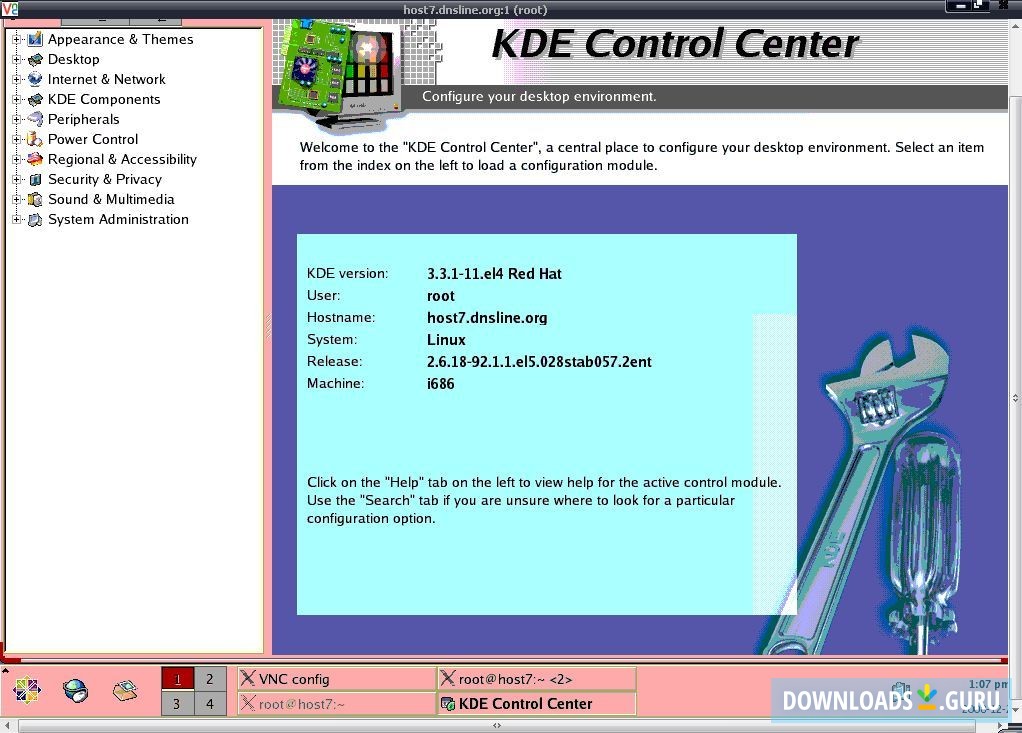Listen up, tech enthusiasts. If you're diving into the world of IoT (Internet of Things) and Raspberry Pi projects, chances are you've stumbled upon the term "VNC Viewer." But wait—what exactly is VNC Viewer? And how does it fit into your Windows 10 setup when you're working on IoT projects? Well, buckle up because we're about to break it down for you in a way that's easy to digest, packed with insights, and totally relevant for 2023. This isn’t just another tech article; it’s your go-to resource for mastering Pi IoT VNC Viewer on Windows 10—for free!
Now, here's the deal: VNC Viewer is a powerful tool that lets you remotely control one computer from another. Think of it like giving your Raspberry Pi a virtual hug from afar. Whether you're troubleshooting, tinkering with code, or managing IoT devices, VNC Viewer is your best friend. And the best part? You can use it on Windows 10 without breaking the bank. In fact, there’s a free version available that’s perfect for hobbyists and professionals alike.
Before we dive deeper, let me drop some knowledge on why this matters. IoT is booming, and more people are leveraging Raspberry Pi for everything from home automation to industrial solutions. But managing these devices remotely can be a hassle—unless you have the right tools. Enter Pi IoT VNC Viewer for Windows 10. It’s not just software; it’s a game-changer. So, if you’re ready to level up your tech game, keep reading because we’ve got all the juicy details for you.
- Does Jerry Cantrell Have A Son Family Life Biography
- Miss Usa Pageant News Forum Updates Winners More
What is VNC Viewer and Why Should You Care?
VNC Viewer, short for Virtual Network Computing Viewer, is a software application that allows you to remotely access and control another computer over a network. Sounds fancy, right? But here's the kicker: it’s super simple to use, even if you’re not a tech wizard. Basically, it creates a bridge between two devices, letting you operate one as if you were sitting right in front of it. For IoT enthusiasts working with Raspberry Pi, this means you can manage your projects from anywhere, anytime.
Here’s why VNC Viewer is a must-have:
- Remote Access: Control your Raspberry Pi from your Windows 10 PC without needing physical access.
- Efficiency: Streamline your workflow by managing multiple devices from a single location.
- Cost-Effective: The free version of VNC Viewer offers robust features that cater to most users' needs.
- Security: With encryption options, you can ensure your data stays safe while working remotely.
And guess what? It’s not just for Raspberry Pi. You can use VNC Viewer to connect to a wide range of devices, making it an invaluable tool in your tech arsenal.
- Stephanie Mcmahon Nude Pics Videos What Fans Want
- Liza Soberano Enrique Gil Relationship Status Updates 2024
Setting Up Pi IoT VNC Viewer on Windows 10
Alright, let’s get practical. Setting up VNC Viewer on Windows 10 is a breeze, but there are a few steps you need to follow to ensure everything runs smoothly. Here’s a step-by-step guide to get you started:
Step 1: Install VNC Server on Your Raspberry Pi
First things first, you need to install the VNC Server on your Raspberry Pi. This is the component that allows remote access. You can do this by enabling the VNC service through the Raspberry Pi Configuration tool. Alternatively, you can install it manually using the terminal. Here’s how:
- Open the terminal on your Raspberry Pi.
- Run the command:
sudo apt updatefollowed bysudo apt install realvnc-vnc-server. - Once installed, start the VNC service with:
sudo systemctl start vncserver-x11-serviced.
Step 2: Download VNC Viewer on Windows 10
Now that your Raspberry Pi is set up, it’s time to install the VNC Viewer on your Windows 10 machine. Head over to the official VNC website and download the free version of VNC Viewer. Installation is straightforward—just follow the on-screen instructions, and you’ll be good to go.
Step 3: Connect Your Devices
The final step is connecting your Windows 10 PC to your Raspberry Pi. Here’s what you need to do:
- Open VNC Viewer on your Windows 10 machine.
- Enter the IP address of your Raspberry Pi in the address field.
- Hit connect, and voilà! You’re now controlling your Raspberry Pi remotely.
See? I told you it was easy. With these steps, you’ll be up and running in no time.
Key Features of VNC Viewer for Windows 10
Let’s take a moment to appreciate what makes VNC Viewer such a fantastic tool. Here are some of its standout features:
- High-Performance Graphics: VNC Viewer delivers smooth visuals, even when dealing with complex IoT projects.
- File Transfer: Transfer files between your Windows 10 PC and Raspberry Pi effortlessly.
- Clipboard Sharing: Copy and paste text or images between devices seamlessly.
- Encryption: Protect your data with end-to-end encryption, ensuring secure connections.
These features make VNC Viewer a top choice for anyone looking to manage their IoT devices remotely.
Benefits of Using Free VNC Viewer for Pi IoT
Why spend money when you can get the job done for free? The free version of VNC Viewer offers more than enough features for most Pi IoT projects. Here’s why you should consider it:
- No Cost: The free version is completely free to use, making it accessible to everyone.
- Full Functionality: Despite being free, it includes all the essential features you need for remote access.
- Regular Updates: The VNC team consistently updates the software to ensure it remains compatible and secure.
So, whether you’re a hobbyist tinkering with home automation or a professional managing IoT devices, the free VNC Viewer has got you covered.
Common Issues and Troubleshooting
Even the best tools can sometimes throw a curveball. If you encounter any issues while setting up or using VNC Viewer, don’t panic. Here are some common problems and how to fix them:
Issue 1: Connection Failed
If you can’t connect to your Raspberry Pi, double-check the IP address and ensure the VNC service is running on your Pi. Also, verify that your firewall settings aren’t blocking the connection.
Issue 2: Slow Performance
Slow performance can be frustrating, but it’s usually caused by network congestion. Try connecting over a wired connection or optimizing your network settings for better performance.
Issue 3: Security Concerns
Security is always a priority when working with IoT devices. To enhance security, enable encryption in VNC Viewer and use strong passwords for your Raspberry Pi.
By addressing these issues, you can ensure a seamless experience with VNC Viewer.
Alternatives to VNC Viewer
While VNC Viewer is a fantastic tool, it’s not the only option out there. Here are a few alternatives you might want to consider:
- TeamViewer: Another popular remote access tool with a user-friendly interface.
- AnyDesk: Known for its high performance and low latency, perfect for real-time control.
- SSH: A command-line tool for secure remote access, ideal for advanced users.
Each of these tools has its own strengths, so it’s worth exploring them to see which one suits your needs best.
Best Practices for Using VNC Viewer with Pi IoT
To get the most out of VNC Viewer, here are some best practices to keep in mind:
- Regular Updates: Keep both the VNC Server and Viewer up to date for optimal performance and security.
- Strong Passwords: Use complex passwords to protect your Raspberry Pi from unauthorized access.
- Backup Data: Always back up your important data before making any significant changes.
By following these practices, you can ensure a secure and efficient remote access experience.
Conclusion: Take Control of Your IoT Projects
And there you have it—a comprehensive guide to using Pi IoT VNC Viewer on Windows 10. Whether you’re a beginner or a seasoned pro, VNC Viewer offers the tools you need to manage your IoT devices remotely. With its ease of use, robust features, and cost-effectiveness, it’s a no-brainer for anyone working with Raspberry Pi.
So, what are you waiting for? Download VNC Viewer today and take your IoT projects to the next level. And remember, if you found this article helpful, don’t forget to share it with your fellow tech enthusiasts. Together, we can build a community that thrives on knowledge and innovation. Happy tinkering!
Table of Contents
- What is VNC Viewer and Why Should You Care?
- Setting Up Pi IoT VNC Viewer on Windows 10
- Key Features of VNC Viewer for Windows 10
- Benefits of Using Free VNC Viewer for Pi IoT
- Common Issues and Troubleshooting
- Alternatives to VNC Viewer
- Best Practices for Using VNC Viewer with Pi IoT
- Conclusion: Take Control of Your IoT Projects



Detail Author:
- Name : Brenden Hermann
- Username : slynch
- Email : kurt.cruickshank@stiedemann.net
- Birthdate : 2005-05-14
- Address : 27268 Stark Radial Jenkinsmouth, OK 77319-2820
- Phone : 478.306.1664
- Company : Dicki-Schultz
- Job : Sociologist
- Bio : Ad occaecati assumenda ipsa accusamus occaecati ducimus. Dolorum tempore rem possimus optio eaque. Quia est omnis est sequi exercitationem.
Socials
instagram:
- url : https://instagram.com/cgulgowski
- username : cgulgowski
- bio : Accusantium porro et quia delectus mollitia. Optio fugit modi quia veniam fugiat.
- followers : 6477
- following : 17
linkedin:
- url : https://linkedin.com/in/gulgowskic
- username : gulgowskic
- bio : Placeat laudantium veniam qui hic et.
- followers : 1715
- following : 1810
twitter:
- url : https://twitter.com/coralie_xx
- username : coralie_xx
- bio : Provident non consequatur voluptatum ut totam. Quaerat commodi ad vitae minima consequatur. Omnis repudiandae ipsum soluta quam quisquam repellat.
- followers : 5943
- following : 374